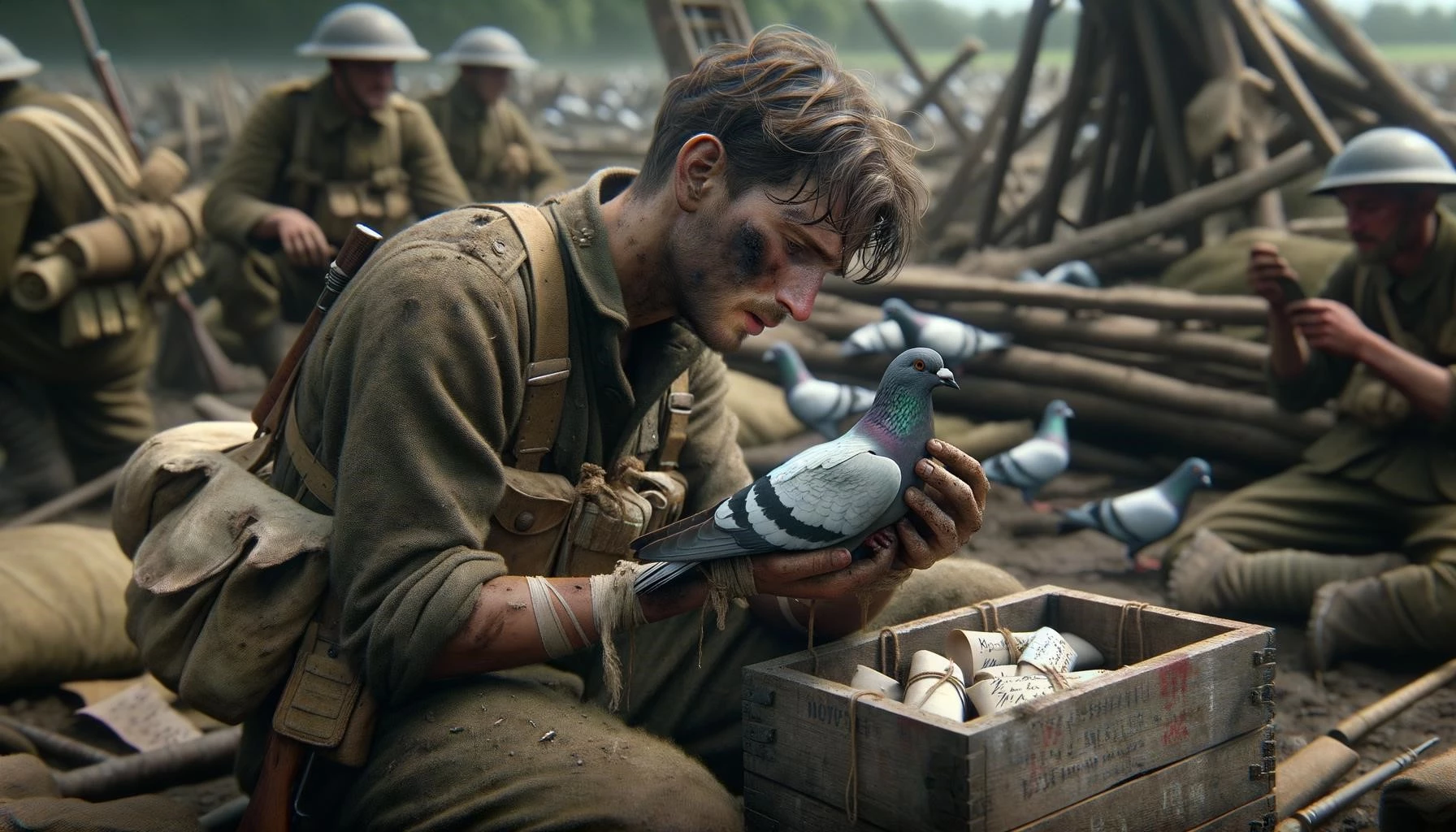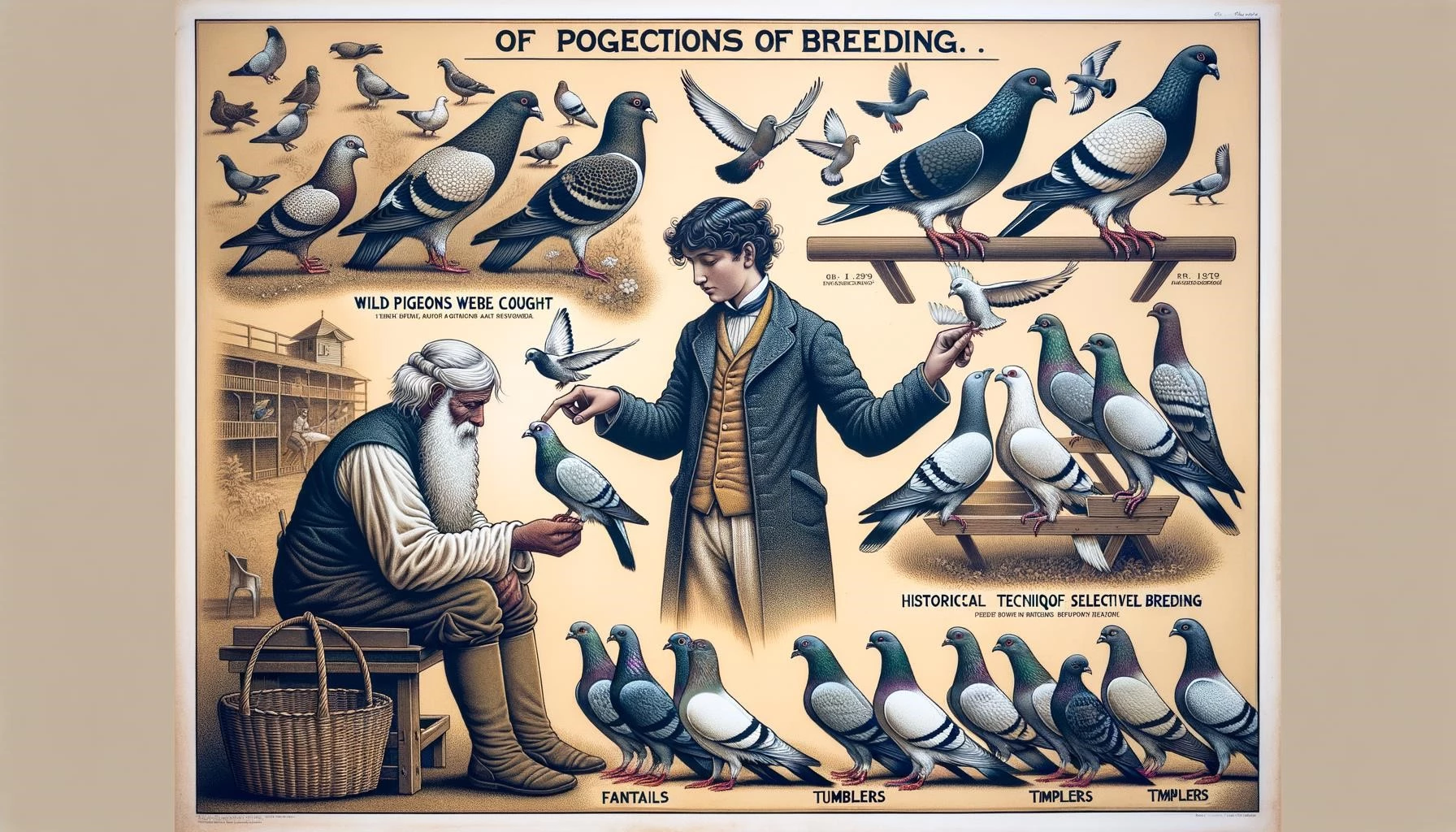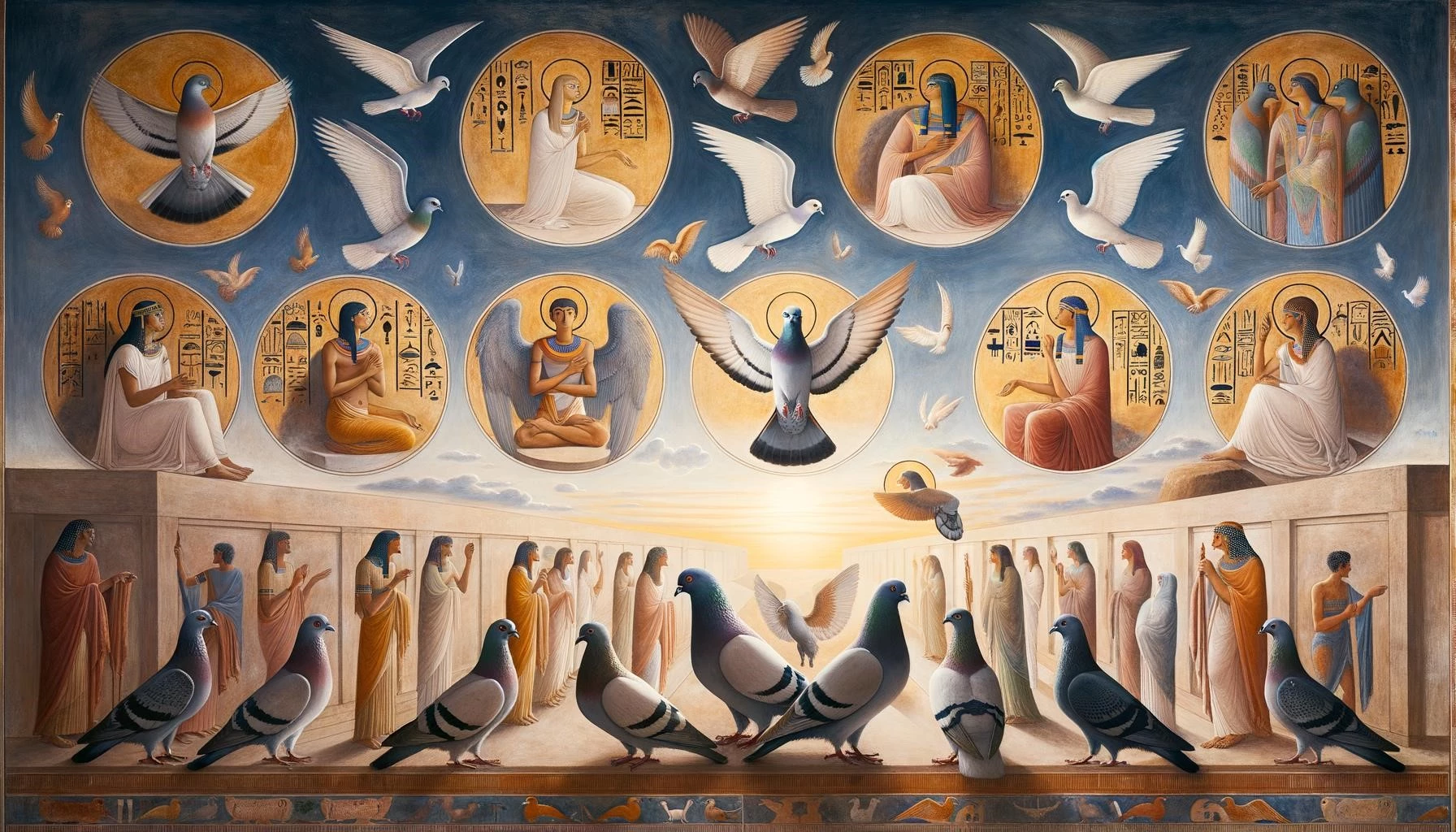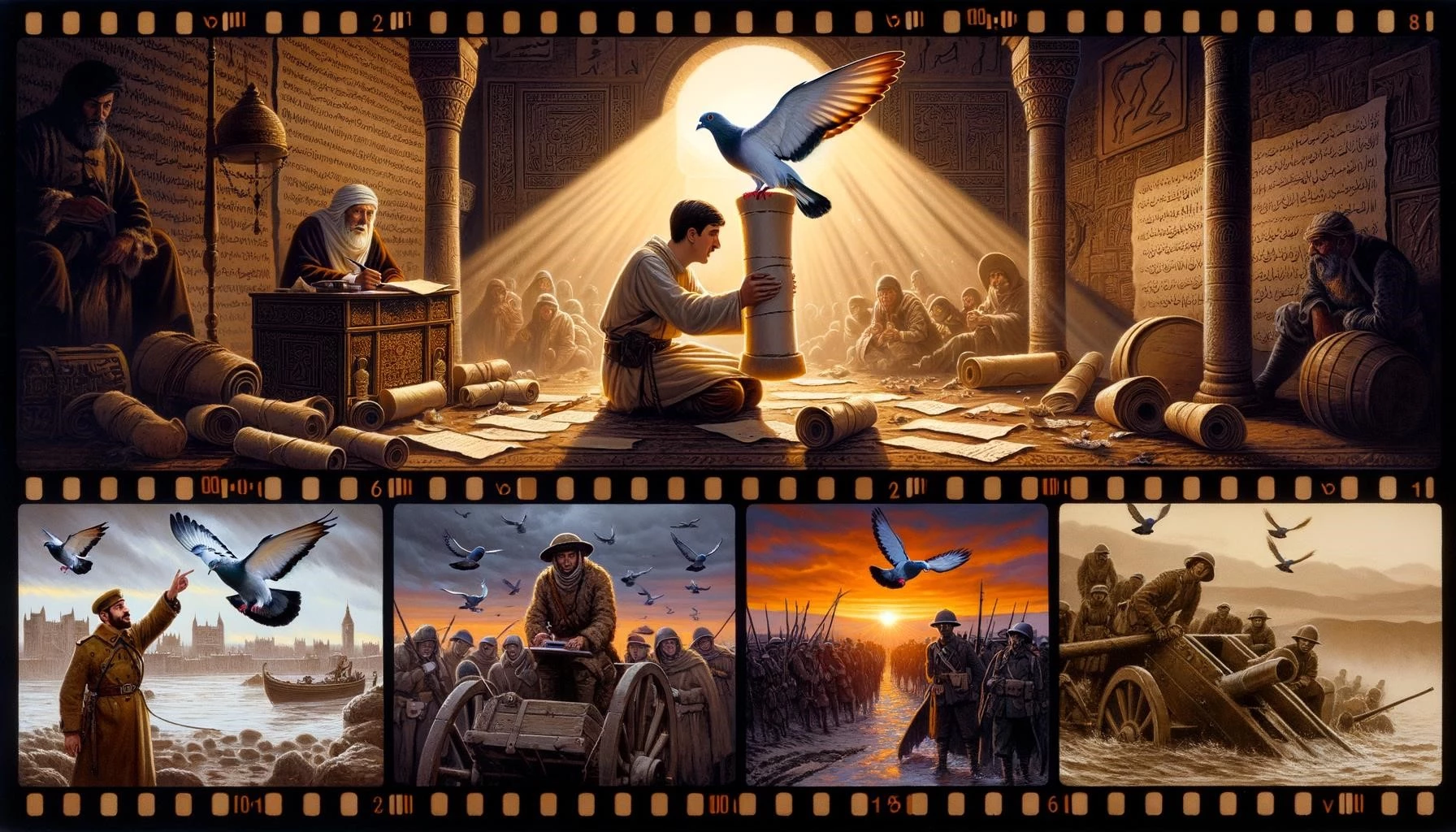Pigeons have played a significant role in military history, serving as invaluable messengers during times of war. Their unique homing ability, speed, and altitude made them ideal for delivering crucial messages across enemy lines. From World War I to World War II and beyond, pigeons have made a lasting impact on military operations. In this article, we will explore the key roles and contributions of pigeons in military history.
Key Takeaways
- Pigeons have been used as military messengers in warfare due to their homing ability, speed, and altitude.
- During World War I, carrier pigeons were widely used to transport messages on the battlefield.
- Pigeons continued to serve as messengers during World War II, transmitting countless messages within various theaters of operation.
- Their contributions were recognized with the award of the Dickin Medal, with 32 pigeons receiving this honor during World War II.
World War I: The Role of Carrier Pigeons
Carrier pigeons became a vital asset during World War I, especially in situations where communication technology was limited or unreliable. These pigeons were trained to fly back to their home coops with messages tied to their legs, ensuring secure and efficient delivery of important information.
In the fall of 1918, hundreds of carrier pigeons were used during the Battle of St. Mihiel and the Meuse-Argonne Offensive. They provided a lifeline for soldiers trapped behind enemy lines, enabling them to communicate their positions and request reinforcements. The widespread use of carrier pigeons during this time demonstrated their effectiveness and importance on the battlefield.
One notable example of a carrier pigeon’s heroism is President Wilson, who made a daring flight to save U.S. troops during World War I. President Wilson and many other military carrier pigeons served as messengers between commanders and troops on the front lines, playing a crucial role in maintaining communication during the war.
World War II: Continued Contributions
The use of carrier pigeons continued into World War II, where they proved to be valuable assets once again. Pigeons were used by various armies and air forces to transport messages within theaters of operation, contributing significantly to the Allied war effort.
The American Army Air Forces (AAF) relied on homing pigeons to transmit countless messages during World War II. Pigeons were carried by aviators and dispatched when communication technology was unavailable or compromised. Their ability to swiftly deliver messages ensured timely and reliable communication, often in challenging circumstances.
The contributions of pigeons in World War II were so significant that 32 pigeons were awarded the Dickin Medal, an honor that recognizes the bravery and service of animals in times of war. Their role as military messengers during this period further solidified their place in military history.
Post-World War II and Modern Warfare
While the use of pigeons as military messengers declined with the advent of more advanced communication technologies, their contributions during World War I and World War II are still remembered today. Their ability to reliably deliver messages across enemy lines when traditional communication methods were unavailable remains an impressive feat.
In recent years, there have been discussions about the potential uses of pigeons in modern warfare, particularly in electronic warfare scenarios where communication systems may be disrupted. Some argue that pigeons’ natural homing ability could make them valuable assets for communications in such situations.
Although pigeons are no longer used extensively in military operations, their historical significance and contributions as military messengers cannot be overlooked. They played a vital role in maintaining communication and providing vital information during times of conflict, earning their place in military history.
In conclusion, pigeons have played a significant role in military history as valuable messengers during times of war. From World War I to World War II and beyond, these avian heroes have proven their worth on the battlefield. While their contributions have diminished in modern warfare, their historical significance and bravery are remembered as testaments to their unique abilities.









